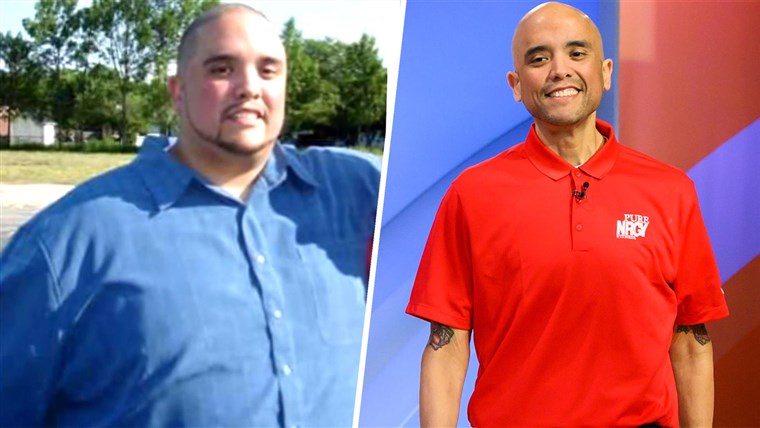After announcing on Instagram that 2020 would be her “Year of Health,” actress Rebel Wilson is reportedly using the Mayr diet along with workouts and frequent walks to reach her goal weight of 165 pounds.
The Mayr diet has existed, in some form, for nearly 100 years. Initially developed by Franz Xaver Mayr in Austria in the 1920s, the diet focuses on gut health and mindfulness while eating.
Dr. Maximilian Schubert, the medical director of VivaMayr, an Austrian wellness facility that promotes the diet, said that while there have been some changes made in the past century, the Mayr diet still adheres to its roots.
“The main idea behind this if people have a healthy gut system and healthy digestive system, then they are going to have a holistic approach of health,” Schubert explained.
How does the Mayr diet work?
Typically, people start the regimen by visiting the VivaMayr resort in Austria (there are two locations, the main center is in the Austrian Alps), where they meet with a doctor for an initial examination and a conversation about a patient’s goals. However, those initial consults require travel to Austria and cost over $200; overnight stays at the resort, which are recommended, are even pricier.
“We have to find really an individual solution for everybody and that’s the major approach at VivaMayr,” Schubert said.
If you’re looking to get started at home, Schubert recommends starting with some mild fasting.
“In general, the first step is always a monotone and restricted diet, to really calm down the body system, food-wise,” he explained.
The diet also involves doing a cleanse, and taking vitamins or supplements to prevent side effects associated with what Schubert called the “detoxification process.” Potential side effects included headaches, nausea, stomach cramps and fatigue.
“Quite often, people will still have some headaches and mood changes in the first three or four days. Afterwards, they recover very well again,” Schubert said.
Kirkpatrick warned that the cleanse is likely unnecessary, and should only be taken under medical supervision.
“The (VivaMyar detox) is in the medical facility, it’s probably safe, but if you just look at the data, over a decade, we don’t have research showing that those types of things detoxify the body,” she said. “The body has this amazing organ called the liver, and one of the main purposes of the liver is to cleanse anything that comes in the body … This whole concept of detoxifying is not really bound in science.”
What can you eat on the diet?
The diet starts with some fasting for a few days to help the body adjust. Once the fasting ends, Schubert said that the diet emphasizes not consuming cow’s dairy, but using substitutes like vegetable creams or alternative milks. Otherwise, there are not many restrictions on what kinds of food can be eaten.
“It seems to be pretty healthy,” said Kirkpatrick said of the diet plan. “It’s not like you have to give up carbs or you can’t eat certain amounts of food.”
The diet also recommends eating foods that have a high alkaline content, like vegetables and fish.
Kirkpatrick said that there’s little to no scientific evidence that shows high alkaline foods make a significant change in health or weight loss, but said that they are unlikely to do any harm.
“As long as the food is nutrient dense and healthy, go for it,” she said.
Schubert said that one thing the diet avoids is focusing too much on calories, something Kirkpatrick also supported.
“We are not a big fan of measuring calories,” he said. “I can give you a teaspoon or tablespoon of linseed oil, which is rich in omega-3 oils but has lots of calories, but you will never get fat out of that oil. Calories are not the ideal measurement for increasing or decreasing weight.”
What other lifestyle changes are a part of the diet?
The diet also has a huge focus on lifestyle and behavior surrounding meals. One major feature is chewing a piece of food between 40 to 60 times before swallowing, and at VivaMayr, Schubert said staff use chewing trainers, a piece of slightly stale bread, to get people used to the practice.
Kirkpatrick said that there is some research that shows chewing a single bite multiple times can help with weight loss.
“I like the fact that it is tapping into this more intuitive eating approach, where you’re being more mindful, where you’re really kind of taking an extra step to number one appreciate food, but number two, to kind of slow down the rate of eating,” she said. “I think that’s important… I know from a weight loss perspective we actually have seen studies in the past decade that actually shows that kind of habit seems to work.”
Other habits emphasized in the Mayr diet include “stopping when you are satisfied, drinking between meals and not with meals, (and) not eating after 4 or 5 p.m.,” according to Schubert. He also said it’s important to leave “four to five hours” between meals so you can “fully digest” your food.
Schubert also emphasized the role of exercise in the diet.
“Without exercise, you can’t achieve any health goal,” he said.




